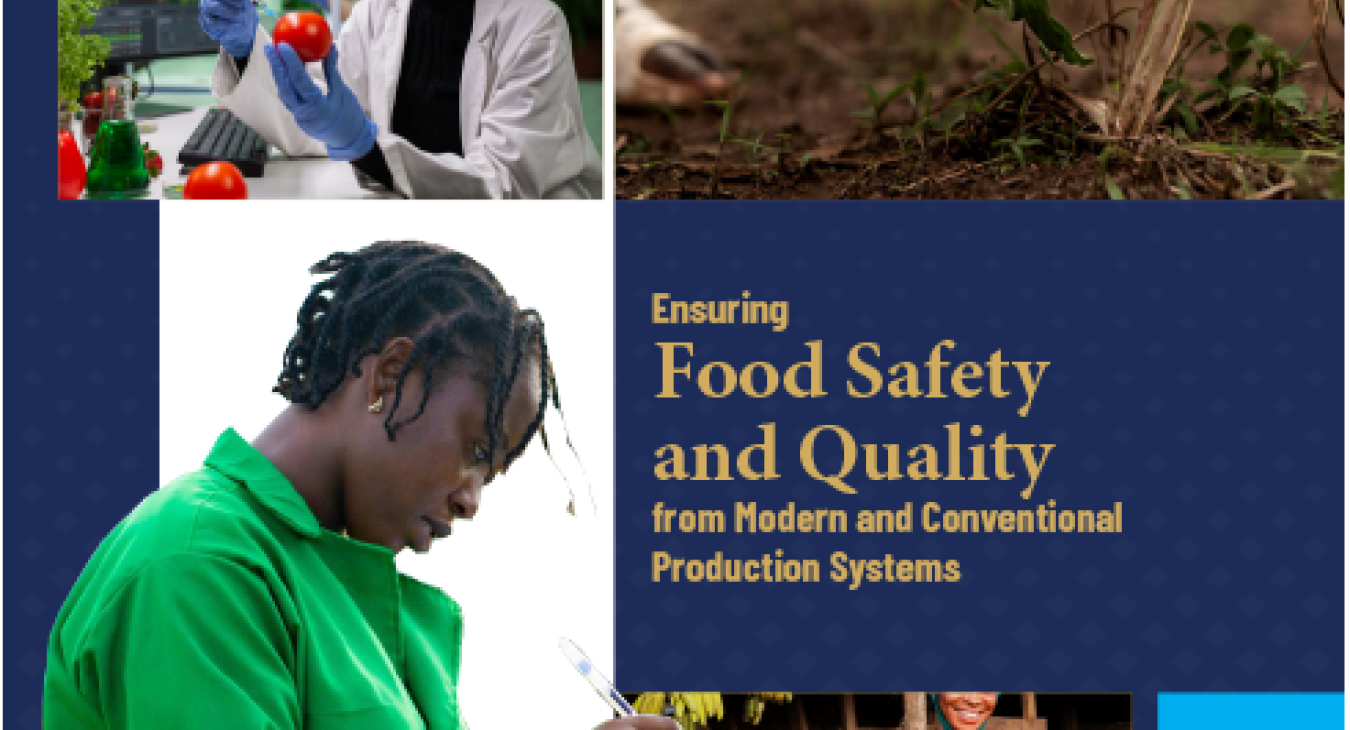Food is basic for human survival. The main reason why food is produced is for human bodies to be well-nourished and healthy. Only safe and nutritious food can sustain life and promote good health. According to Fung et. al. (2018), food safety is a basic human right; and Ababouch (2003) says food safety must be an integral part of any food security program but unfortunately food safety and quality programs have received very little attention in many developing countries. According to the World Health Organization (WHO) as many as 600 million people in the world fall ill each year from consuming contaminated food and about 420,000 people from this number die each year, and Africa and southeast Asia are believed to have the highest incidence and death rates associated to foodborne diseases (WHO, 2015). It has also been stated that unsafe foods containing pathogenic microorganisms and toxic chemicals are responsible for more than 200 diseases ranging from diarrhoea to cancer and food- and waterborne diarrhoea diseases are linked to the deaths of an estimated 2 million people annually worldwide, including many children (WHO, 2015). Food contamination is known to result in kidney and liver failure, brain and neural disorders as well as some noncommunicable diseases such as cancer, and it can also adversely affect reproductive health and the immune system (SADC, 2014). Foodborne diseases carry significant disability, morbidity and mortality burdens and their economic burden in terms of total productivity loss in low- and middle-income countries has been estimated to be about US$ 95.2 billion per year, and the annual cost of treating foodborne illnesses is estimated at US$ 15 billion. (Jaffee et. al., 2019). The United Nations Sustainable Development Goal (SDG) 2.1 aims at ending hunger and ensuring access by all people, to safe, nutritious and sufficient food all year round by 2030, while SDG 3.9 aims at substantially reducing the number of deaths and illnesses from hazardous chemicals and air, water and soil pollution and contamination. Also, the generally accepted definition of food security is that “food security occurs when all people, all the time, have physical, social and economic access to sufficient, safe and nutritious food that meets their dietary needs and food preferences for an active and heathy life” (FAO, 1996). Thus, there cannot be food and nutrition security, which is the most basic goal of every nation and society, if the food produced and consumed is not safe and of adequate quality. That means SDGs 2 and 3 cannot be met unless there are effective food safety and quality interventions. There is, thus, need to ensure food safety and quality in all food production systems. A safe food is one that is free of substances that might compromise a person’s health, and food quality refers to characteristics of food that determine its value (mainly nutritional value) and/or acceptability to consumers.
Framework Paper

